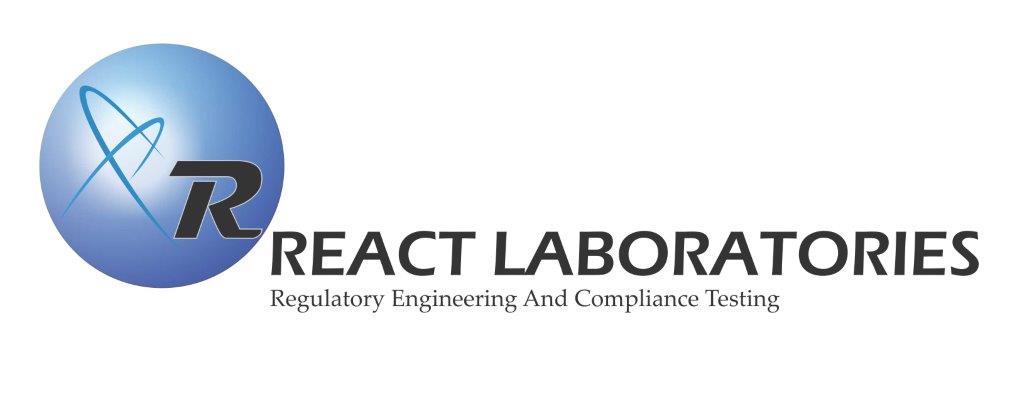Electromagnetic Compatibility (EMC) & Electromagnetic Interference (EMI)
Electromagnetic Compatibility (EMC) and Electromagnetic Interference (EMI) testing are crucial processes in the development and certification of electronic and electrical devices. These tests ensure that these devices operate reliably in their intended electromagnetic environments and do not cause harmful interference to other devices.
EMC vs. EMI:
- Electromagnetic Compatibility (EMC): EMC is the ability of electronic and electrical devices to operate as intended in their electromagnetic environment without causing or suffering from electromagnetic interference. EMC addresses both emissions (unintentional electromagnetic radiation) and immunity (the device’s resistance to external electromagnetic interference).
- Electromagnetic Interference (EMI): EMI is the unwanted electromagnetic emissions from a device that can interfere with the proper operation of other nearby devices. It’s the disturbance caused by emissions from one device to another.
Why EMC/EMI Testing is Important:
- Regulatory Compliance: Many countries require electronic and electrical devices to meet specific EMC/EMI standards before they can be sold or used. Non-compliance can lead to legal issues and product recalls.
- Product Reliability: EMC/EMI testing ensures that devices can operate without interference in the real-world electromagnetic environment, increasing their reliability.
- Interference Mitigation: Ensuring your devices do not cause harmful interference to others helps maintain a stable and interference-free electromagnetic environment, benefiting all electronic equipment users.
- Quality Assurance: Passing EMC/EMI tests demonstrates the quality and robustness of your products, instilling confidence in customers and stakeholders.
In summary, EMC/EMI testing is a critical step in the development and certification of electronic and electrical devices, ensuring they meet regulatory requirements, operate reliably, and do not disrupt other devices or systems. Testing facilities and adherence to standards are essential for achieving compliance and delivering high-quality products to the market.
Testing Facilities:
Electrostatic Discharge (ESD) Testing: Facilities to simulate and evaluate the effects of static electricity discharges on electronic devices.
Electrical Fast Transient (EFT) Testing: Equipment to simulate and test devices for transient voltage surges and spikes.
Surge Testing: Facilities to test devices for their resistance to voltage surges caused by lightning strikes or other disturbances.
Voltage Dips and Interruptions Testing: Equipment to assess how devices respond to short-term interruptions or reductions in the power supply voltage AC & DC.
Power Frequency Magnetic Field Immunity Test: we are equipped with a dedicated test area specifically designed for Power Frequency Magnetic Field Immunity Testing. Within this controlled environment, we have the necessary infrastructure and calibrated equipment, including magnetic field generators, to create power frequency magnetic fields at 50 Hz or 60 Hz, matching the standard AC power frequencies in different regions. This enables us to conduct precise and repeatable tests without the need for external testing facilities.
Pulse Magnetic Field Immunity Test: Facilities include specialized equipment for Pulse Magnetic Field Immunity Testing. Pulse magnetic field generators capable of simulating transient magnetic field disturbances such as those caused by lightning strikes, switching operations, or other electromagnetic disturbances. Our controlled laboratory environment ensures accurate and consistent testing conditions.
Accurate Product Testing by Experts


